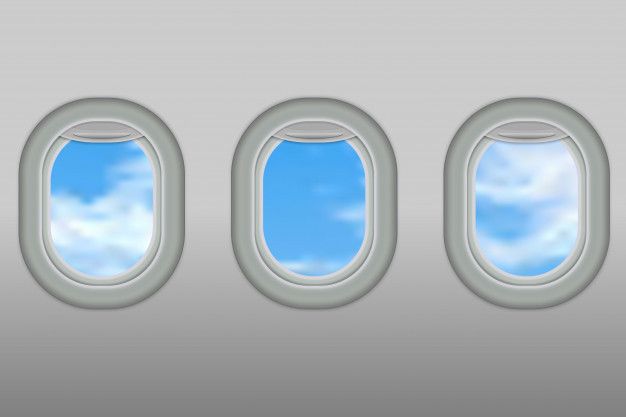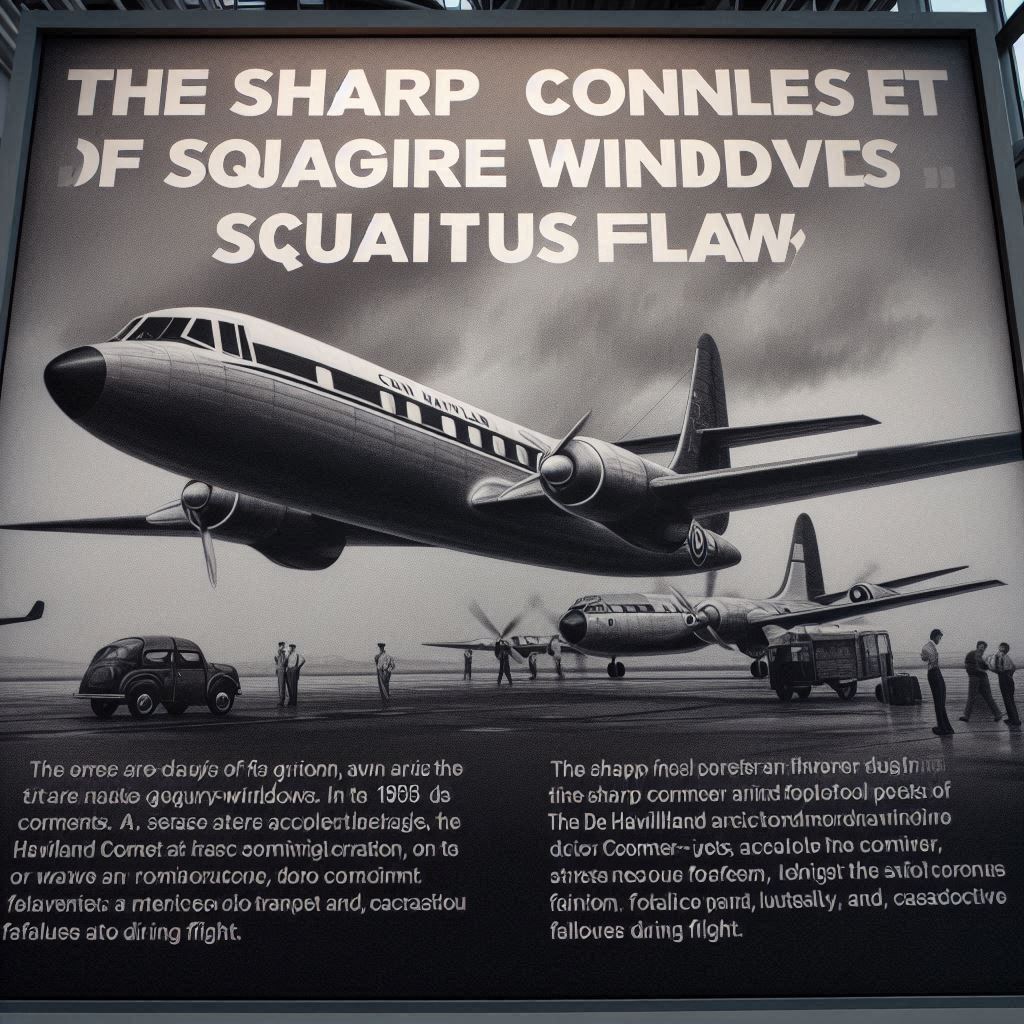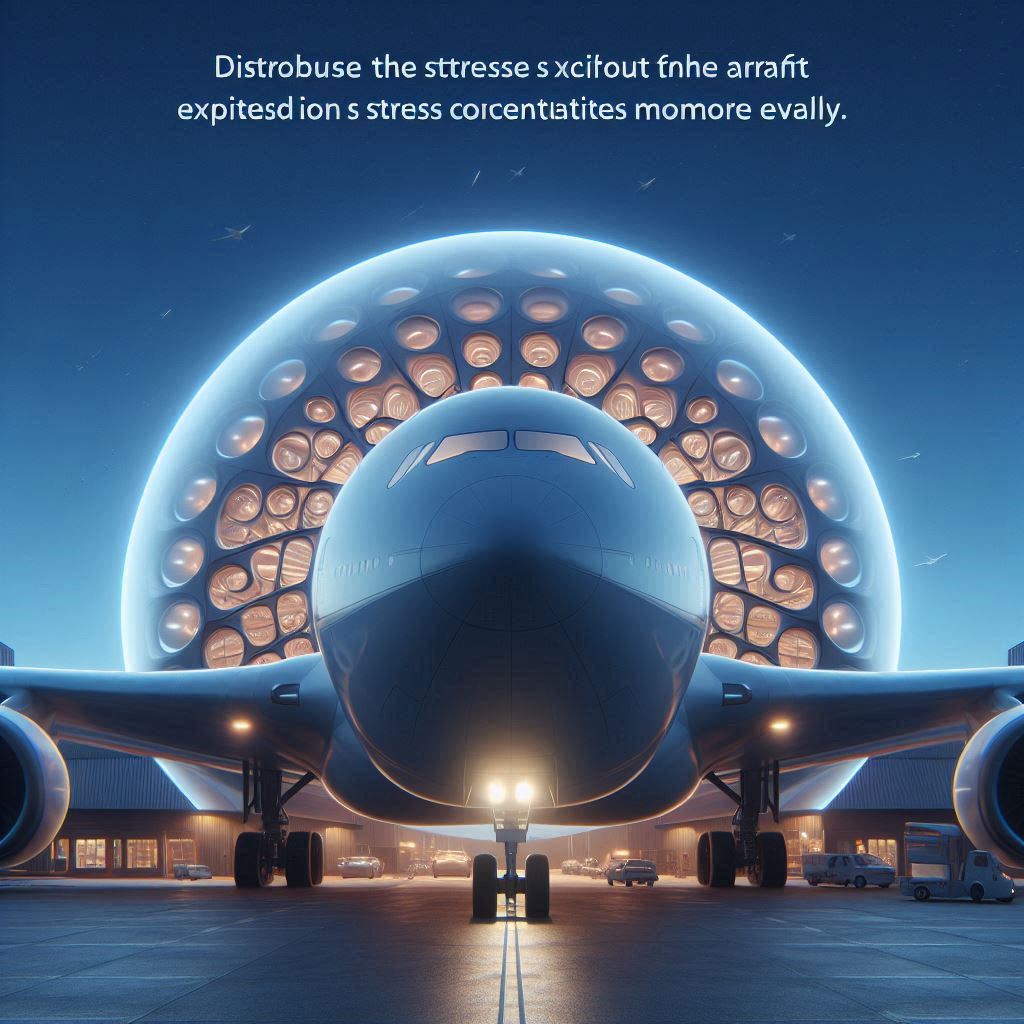Ever gazed out of an airplane window and wondered why they’re always rounded? It’s not just for aesthetics; this design is a crucial safety feature.

The Evolution of Airplane Window Design
In the early days of aviation, aircraft featured square windows. However, in the 1950s, a series of tragic accidents involving de Havilland Comet jets highlighted a critical flaw. The sharp corners of square windows became focal points for stress, leading to material fatigue and, ultimately, catastrophic failures during flight.

Why Rounded Windows Enhance Safety
Rounded windows distribute the stress exerted on the aircraft’s fuselage more evenly. Without sharp corners, there’s a significant reduction in stress concentration, minimizing the risk of cracks and structural failures. This design ensures that the aircraft can withstand the repeated pressurization cycles experienced during takeoffs and landings.

Modern Aircraft Window Construction
Today’s airplane windows are typically made from durable acrylic materials and consist of multiple layers. This layered construction not only provides insulation and noise reduction but also adds an extra margin of safety, ensuring that even if one layer is compromised, the others maintain cabin pressure.

In essence, the rounded design of airplane windows is a testament to engineering lessons learned from past tragedies, ensuring safer skies for all.